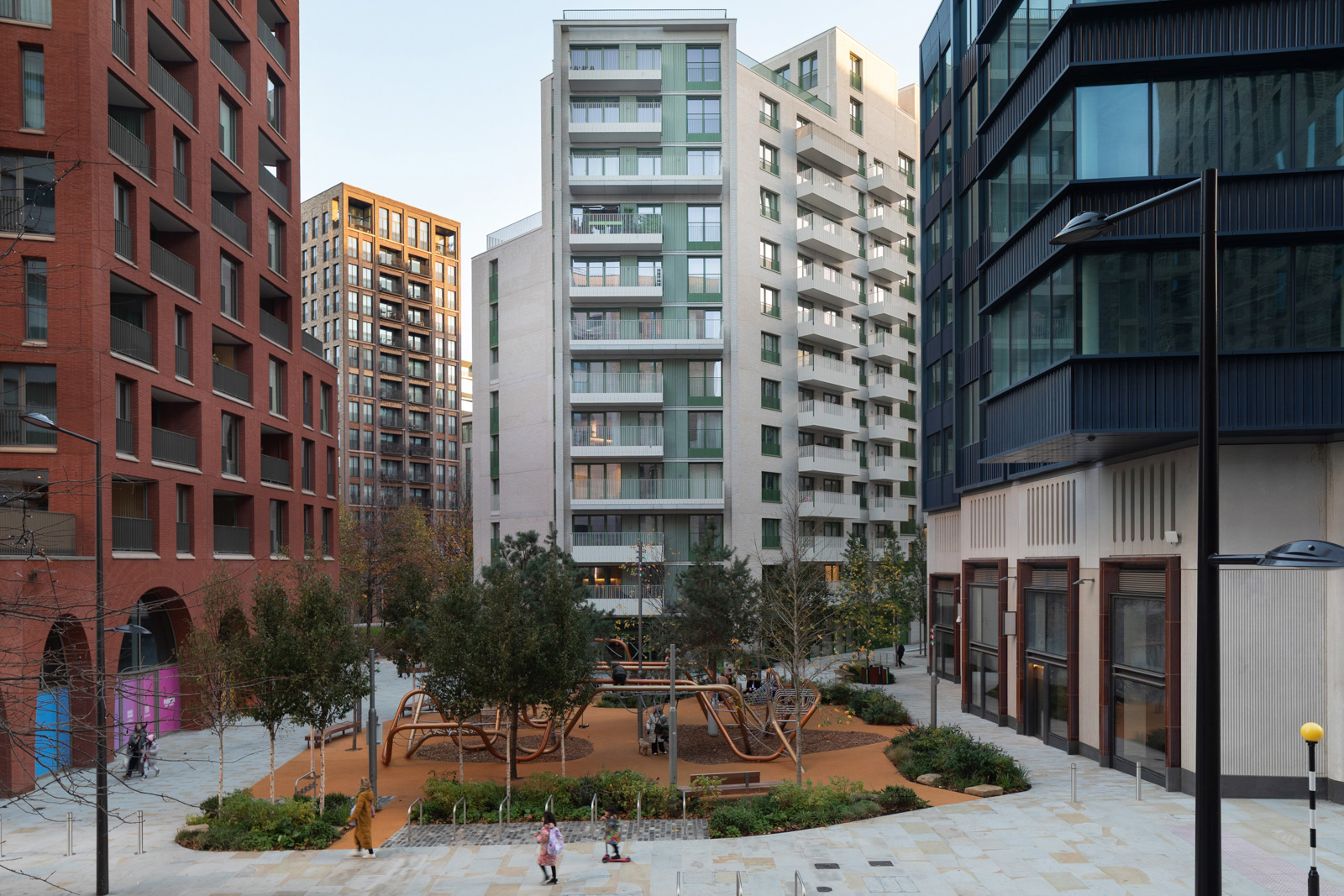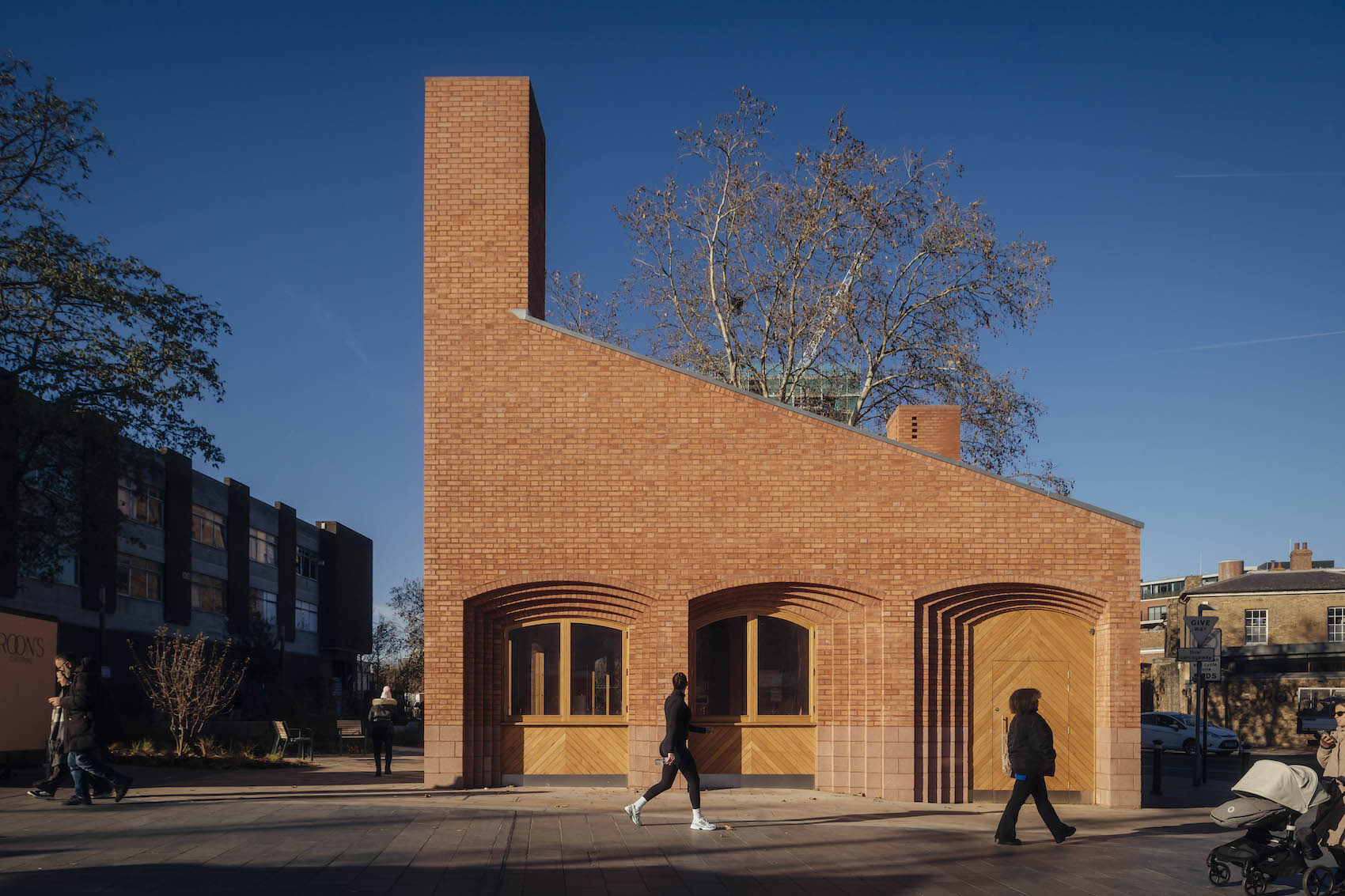Katharine Woods, Associate Director at DP9, has produced a School of Specification learning module on changes to the English planning system. Here, she explores the nature of the new legislative changes, the effect they are having on architects and clients, and what to expect next.
What have been the most far-reaching changes to the planning system in recent years?
In terms of legislation, the Levelling-up and Regeneration Act (2023) reflects the most far-reaching change to the planning system in recent years. This includes the Infrastructure Levy, Environmental Outcome Reports, as well as National Development Management Policies. Much of the Act still requires secondary legislation to take effect, so the impact of these changes are yet to be felt if the new Labour government chooses to take them forward.
The Building Safety Act (2022) and associated regulation/guidance has also influenced how much detail now needs to be incorporated as part of planning applications. This is particularly important in the context of Gateway 2 applications to the Building Safety Regulator, which requires more information to be issued prior to construction.
As a result, far more detail is usually required up front in planning applications for qualifying schemes beyond RIBA Stage 2. For existing planning permissions, this may require amendments to approved drawings to ensure consistency between what is approved at planning and at Gateway 2.
Complexity, speed of decision making and resourcing in the planning system are the main challenges for architects and developers”
What are the key challenges for architects and clients in respect of these changes?
Planning is now more complex than in 2010 when the last round of significant changes were made to the planning system by the then Conservative government. It is the combination of complexity, speed of decision making and resourcing in the planning system which are the main challenges for architects and developers, as opposed to one specific issue. This is compounded by on-going legislative changes made to the planning system as well as new regulatory requirements such as Gateway 2.
In this context, if clients and architects are seeking more certainty at planning, the detail of schemes should be progressed as far as possible early on, collaborating with planners and the wider professional team to navigate these challenges.
What further changes can we expect in the near future, and are these likely to help or hinder architects?
The new Labour government has said that it is committed to being on the side of industry, and will introduce changes to boost economic growth and deliver up to 1.5 million new homes by 2029. This requires speeding-up decision-making in the planning system and reducing red-tape to accelerate delivery.
The government has already been consulting the sector on reforms to the National Planning Policy Framework and is expected to publish the Planning and Infrastructure Bill for deliberation in Parliament shortly.
In addition, ministers have recently announced the introduction of Brownfield Passports, the New Homes Accelerator, as well as the New Towns Taskforce to facilitate the build-out of existing planning permissions, as well as increase the delivery of new homes.
On the basis that future changes address the present challenges in the planning system, this should help architects now and in the future.
Join Katharine Woods to learn more about the changes to the English planning system at:
www.schoolofspecification.co.uk/courses/changes-to-the-english-planning-system/















